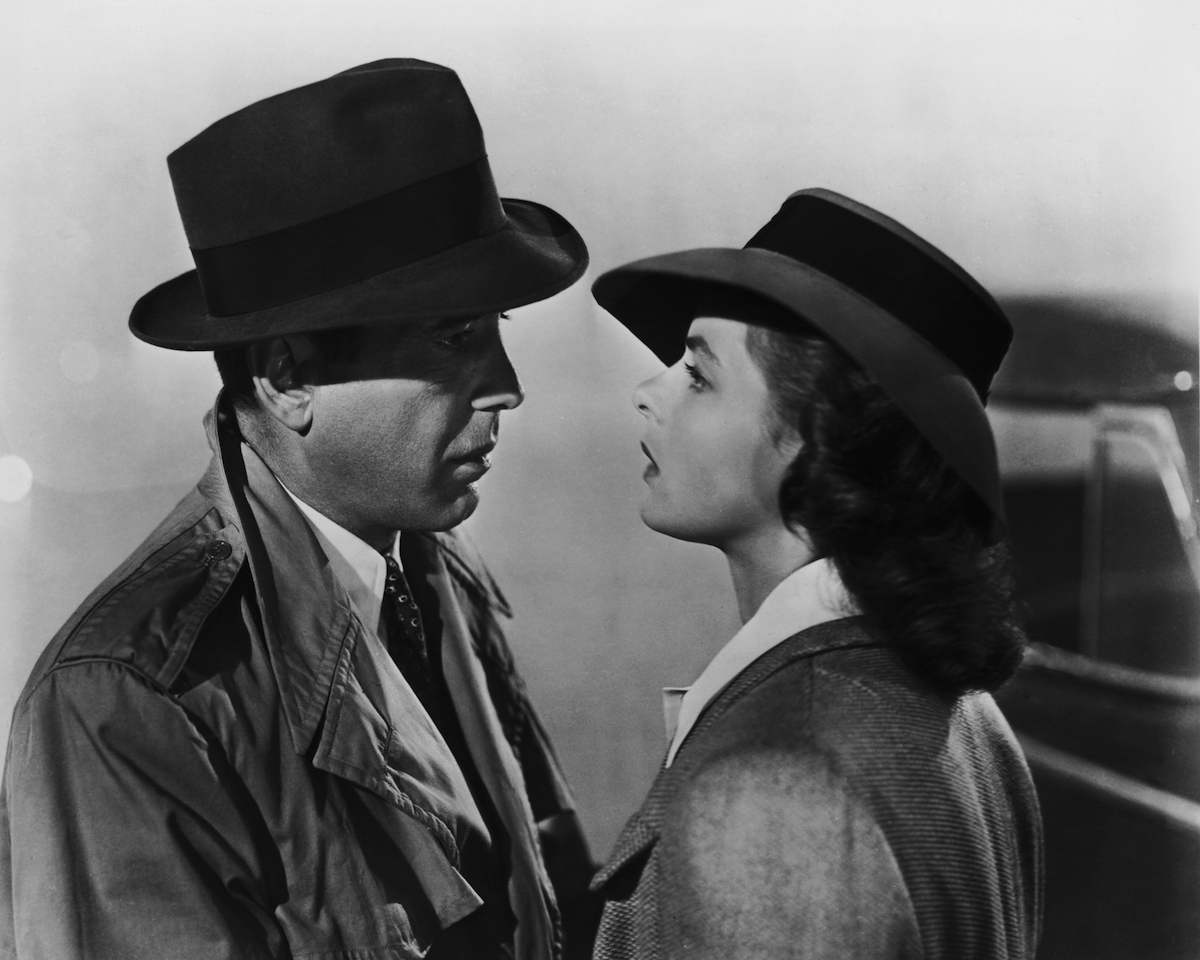William Shakespeare wrote in “The Tempest” that “the past is prologue.” Indeed, there is no better look at the Oscars than a look at some previous Best Picture winners. Like this year’s nominees, these three films are captivating because they confront social and political quandaries.
“It Happened One Night” (1934)
Heiress Ellie Andrews, bored with her life of privilege, decides to escape from her controlling father and her boorish fiancée. Ellie’s disappearance is front-page news, and her father hires detectives to track her down. Little does he know that she is taking a road trip across America with Peter Warne, a reporter who is eager to get a scoop.
Released at the height of the Great Depression, this film captures the socioeconomic inequalities of that era. Director Frank Capra shows us both the upper-class milieu that Ellie inhabits and the hardscrabble environs of the working-class. Peter and Ellie travel across America, and the film is really a panoramic portrait of America in the 1930s. Yet, Capra’s delightful film does not become an exercise in social realism because he effortlessly combines comedy and social commentary. Portraying Peter and Ellie, Clark Gable and Claudette Colbert have a witty repartee. Their chemistry is always visible through their caustic barbs. Often, the topic of their conservations is sex. The film was released just after the establishment of the Hollywood Code, but Capra and screenwriter Robert Riskin circumvent these moral guidelines in erotic and unexpected ways.
In its frank discussion of class and sex, “It Happened One Night” resembles Greta Gerwig’s “Lady Bird.” Both films emphasize the disparity between the haves and the have-nots and both focus on fallible people looking for meaningful connection.
“Casablanca” (1943)
Perhaps it is pointless to encourage people to see “Casablanca,” because it has remained in the popular consciousness ever since its release. Set in 1941, the drama begins as Ilsa Lund, the wife of a Czech resistance leader, walks into the wrong gin joint. There, she meets Rick Blaine, a former flame, and their romance is rekindled. Over the course of the film, Rick and Ilsa are forced to choose between their personal desires and their patriotic duties.
“Casablanca” has a truly first-rate cast. Humphrey Bogart, who played tough guys throughout his career, makes Rick seem like a jaded and vulnerable man. Ingrid Bergman is radiant as Ilsa. Paul Henreid, Claude Rains, Conrad Veidt, Sidney Greenstreet and Peter Lorre are all memorable in supporting roles. The film also boasts a quotable screenplay. Even people who have not seen the film might recognize lines like, “We’ll always have Paris” and “Here’s looking at you, kid.”
The film is both of its time and timeless. When the film was released in the middle of World War II, audiences on the home front were facing the same dilemma. They rationed their food, went off to work in factories, and bought war bonds all for the good of the troops. On some level, however, the film does not only reflect America during World War II, but also expresses some fundamental truths about cinema. Time is central to this film. In its most famous scene, Ilsa asks the piano player, Sam, to “play it again. Play ‘As Time Goes By.’” “Casablanca” is seventy-five years old now, and Ilsa is still asking Sam that question. Time has not gone by in the world the characters inhabit. Each time the film is put through the projector, Sam is forced to play the song again and again and again. While watching “Casablanca,” it is hard not to ponder cinema’s capacity to serve as a time capsule. Indeed, through this time capsule, we can see the patriotic spirit of the 1940s that both “Dunkirk” and “Darkest Hour” try to capture.
“Midnight Cowboy” (1969)
Joe Buck, a handsome, virile stud from Texas, arrives in New York City and expects to realize his American Dream. Unfortunately, his good looks and charm cannot save him from the ravages of the city. Soon, he is living in a condemned building and hustling in dimly-lit movie theater balconies. Fortunately, his friendship with a con man, Ratso Rizzo, saves him from complete despair.
“Midnight Cowboy” was released as opposition to the Vietnam War mounted. The hippie counterculture became more visible. The Black Panthers spearheaded the Black Power movement, feminists began burning their bras and queers fought back at the Stonewall Inn. America seemed to be coming apart as the very foundations of society were shaken. “Midnight Cowboy” also challenges cinematic conventions. Cowboys had been stock characters in American cinema since the silent era. They were paragons of bravery and independence, conquering frontiers. Joe Buck is a cowboy, but he has forsaken the frontier his forebears fought for. In New York City, he becomes dependent on the whims of wealthy women. “Midnight Cowboy” is an elegy for earlier visions of America. Indeed, John Barry’s wistful, melancholy score for the film reinforces the idea that American dreams are dead.
This is not to suggest that the film is completely devoid of optimism or hope. Director John Schlesinger concentrates on the relationship between Joe Buck and Ratso Rizzo. Jon Voight and Dustin Hoffman portray these characters as idiosyncratic individuals struggling to survive in a hostile world. Although they initially seem to have little in common, these two characters soon form a strong bond. Joe and Ratso hold “faggots” in contempt, but strangely, they fall in love with each other. Before films like “Call Me By Your Name,” “Midnight Cowboy” made lovers that dare not exist visible onscreen.
Contact Amir Abou-Jaoude at amir2 ‘at’ stanford.edu.
